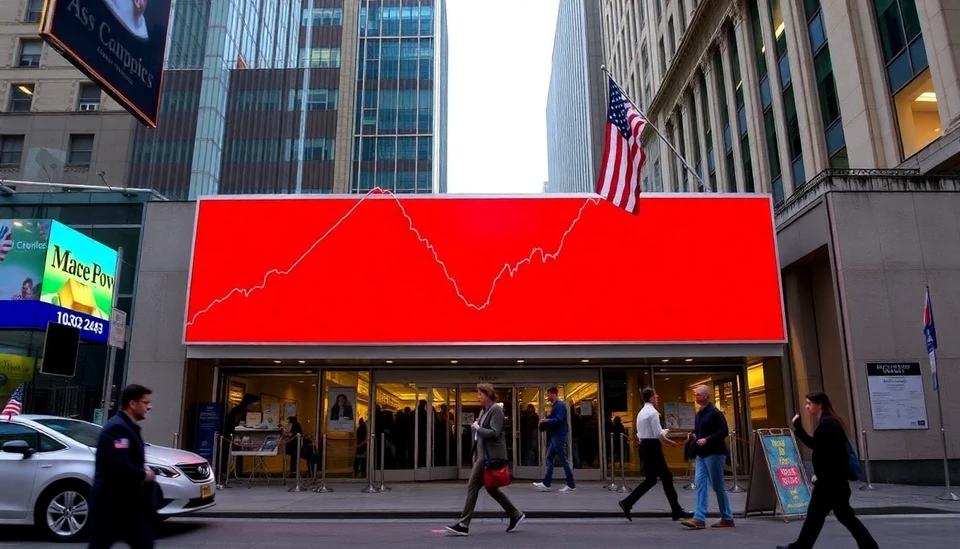
In a significant development for the U.S. economy, the services sector has demonstrated robust growth, expanding at its fastest rate since the middle of 2022. New data from the Institute for Supply Management (ISM) indicates that service sector activity not only rebounded but also exceeded analysts' expectations, providing a positive outlook for economic recovery as we enter the final months of the year.
According to the ISM's latest report, the services purchasing managers' index (PMI) climbed to 59.1 in October, a notable increase from 54.7 in September. A reading above 50 denotes expansion, suggesting that the sector's growth is gaining momentum. This sharp increase marks a significant turning point, particularly after a prolonged period of sluggishness attributed to inflationary pressures and labor shortages.
The surge in services activity can be attributed to various factors, including heightened consumer spending, which has been fueled by the effects of increased employment and rising wages. The hospitality, healthcare, and technology services industries reported particularly strong gains, reflecting a broader trend of revitalization across multiple sectors. Moreover, an influx of new orders and elevated employment levels within the services industry points toward sustained momentum moving forward.
Economists express optimism regarding this growth. They argue that the surge in services is not an isolated event but part of a broader economic recovery influenced by improving consumer confidence and increased business investments. The current data suggests a resilient economy capable of weathering potential challenges, such as inflation and supply chain disruptions.
However, while the positive figures are encouraging, experts caution that challenges still lie ahead. Inflation continues to impact various sectors, and the Federal Reserve's policies aimed at combating inflation will play a crucial role in shaping the economic landscape. Additionally, potential headwinds such as geopolitical tensions and changes in global trade dynamics could pose risks to sustained service sector growth.
As policymakers assess these developments, the latest data from ISM serves as a critical indicator of economic vitality. The service sector's growth is likely to prompt further discussions among Federal Reserve officials concerning interest rates and monetary policy strategy, demonstrating the interconnectedness of service industry performance with broader economic health.
Looking ahead, both businesses and consumers are encouraged to monitor these trends as they unfold, as they can significantly influence financial planning and investment decisions. Overall, the rapid growth of the services sector in October highlights a pivotal moment for the U.S. economy as it continues to navigate the complexities of recovery.
As we move forward, the focus will remain on how these trends might evolve, particularly in the context of the looming uncertainties associated with inflation and interest rate adjustments.
#USServices #EconomicGrowth #ISMPMI #ConsumerSpending #BusinessInvestments
Author: Rachel Greene




